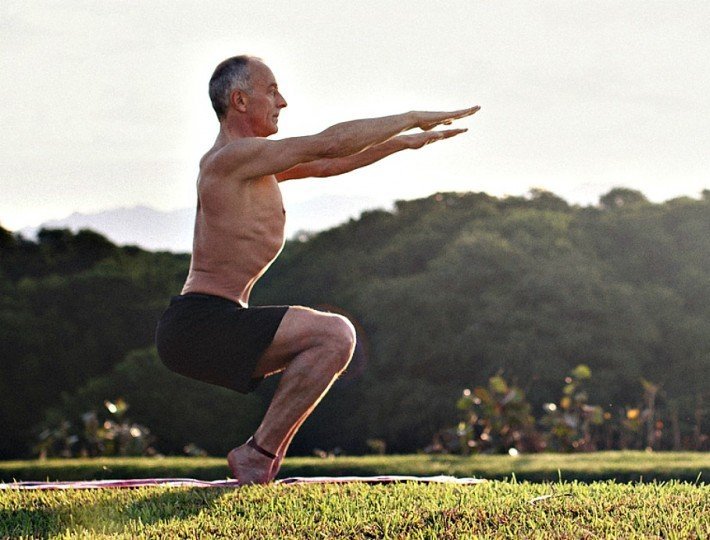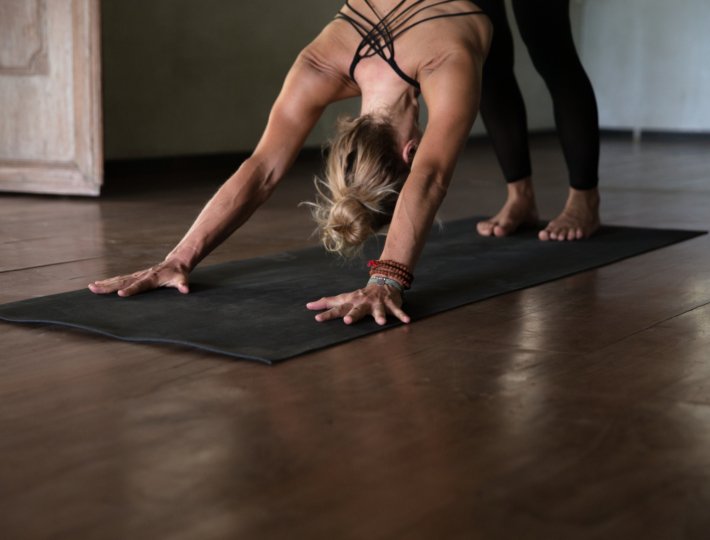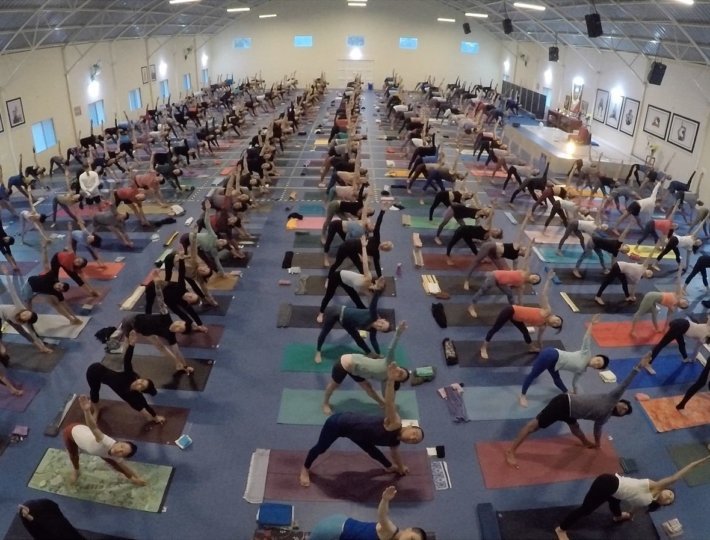Right from the first step, I could tell today’s run wasn’t going to be easy. My limbs were heavy and my mood was as gloomy as the overcast skies above. Pulling off my planned 90-minute interval run seemed like an impossible task.
“You’re so lazy. What’s wrong with you?” I thought. Feeling defeated, I eased my jog down to a walk. Thoughts of next month’s race did nothing to motivate me. I just didn’t care. No vision of my future running greatness could get my legs moving.
If this scenario sounds familiar, then you, too, have fallen into the mindset trap that befalls so many runners and recreational athletes. Because I was training for an important race, running had become work. Rather than running for fun, it was training that had to get done. The more pressure I put on myself, the more workouts I skipped.
Related: 9 Mantras to Shift Your Mindset
I wasn’t alone in feeling this way. It turns out that how you think about exercise greatly influences your motivation and outcomes. While it seems unlikely, a Harvard University study involving hotel housekeepers most strikingly demonstrates the influence of outlook on the benefits of exercise. The researchers educated a group of housekeepers about how their physical work qualified as exercise. They learned that all the lifting, squatting, walking, and scrubbing they performed all day long was actually beneficial to their health.
Four weeks later, the housekeepers reported that they felt fitter as a result of their work. And true enough, the researchers found a measurable decrease in their collective weight, blood pressure, body fat, waist-to-hip ratio, and body mass index (BMI). The control group (housekeepers who didn’t view their work as exercise) did not experience such health improvements.
Even though the two groups of housekeepers were performing the same daily tasks, the ones who viewed their work as exercise experienced far better health benefits.
What does this mean for you?
It matters a great deal whether you think of exercise as work or play. One of the most effective and immediate ways you can trigger this mindset shift is to focus on intentions rather than goals. Training goals (which are future-focused and tied to a desired outcome) can give purpose and structure to your overall plan, however, they may not get you fired up to train well today. An intention, however, is more about aspiration than an end result. It involves awareness of the present moment and requires inquiry about your aims and desires. Most importantly, it’s realized solely through your own actions. The distinction may sound subtle, but it can make a big difference in practice. Read on to learn more about what it means to set an intention for your next workout or fitness endeavor.
1. Clarify how you want fitness to fit into your life.
Ask yourself these key questions: What would your ideal day look like? How much of your time would be dedicated to fitness or activities that support your active lifestyle like stretching, sleeping, eating nutritious foods, or recovery activities? What do you need to get from today’s workout in particular? Maybe you’re fired up and ready to knock out some hill repeats. Perhaps you’re completely drained from an emotional day at work and just need to shake off some bad energy. Get honest and clear about what would serve you best right now, regardless of what your training plan prescribes or ego expects of you.
Related: How to Tap the Power of Intention This Year
2. Identify and name the feelings you want to experience now.
Clearly articulating the feeling you want to experience during today’s workout will crystallize it in your mind so that it’s easier to remember while you exercise. It could be a simple as a word like “flowing,” “powerful,” or “relaxed.” Choose one word or phrase to describe how you want to feel during the workout.
3. Determine what type of workout would help you achieve that feeling.
Regardless of what type of workout you have planned, be honest about whether it’s the best choice for you today given what else is going on in your life. For example, you’re supposed to do a long run of 12 miles, but you barely have time to run that far before work not to mention you’re still sore and achy from yesterday’s hill workout and not feeling especially motivated. You decide that today’s intention is to achieve a relaxed rhythm and to feel as though you could run forever at this pace.
4. Stay focused on maintaining your intention.
So you start that five-miler focused on thoughts of relaxed rhythm and release any thoughts or expectations that don’t support that intention. For example, ruminating about a conflict at home or stressful situation at the office won’t help you find the relaxed rhythm you seek. What if, after 3 miles, you lose the relaxed rhythm and struggle to keep going? You have a choice of whether to honor your intention or push yourself to run the entire distance. Don’t let ego convince you to dishonor your intention by pushing yourself to exhaustion when you don’t want to.
By honoring your intention, you prioritize your values and desires over the end goal, which ensures that training is sustainable on a daily basis. This fluid and intuitive training approach feels easier because it fits seamlessly with the rest of your life and its constantly changing demands and circumstances. As you fulfill your intentions on a daily basis, success occurs frequently rather than only when you reach the race finish line.
Photo by Hailey Wist











Comments (1)